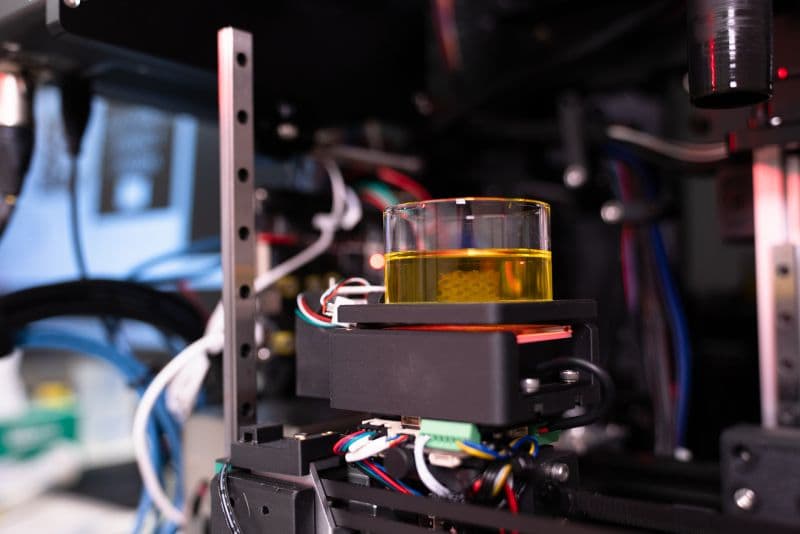
Bioengineers from the University of Melbourne (Australia) have developed a 3D-bioprinter that can print accurate models of human tissues - from soft brain structures to harder ones, such as bones and cartilage. This is reported by the press service of the higher education institution.
The technology offers a tool for replicating organs and tissues, greatly improving the prediction of disease and the development of new drugs without animal testing.
Collins BioMicrosystems Laboratory Manager at the University of Melbourne, Associate Professor David Collins, said that the developed bioprinter uses acoustic waves created by vibrating bubbles to precisely place cells in 3D printed structures. This provides the basis for cells to mature into complex tissues. Remarkably, the method can print structures in just a few seconds - about 350 times faster than traditional approaches.
Most 3D bioprinters use a slow, layer-by-layer approach to fabrication, which poses a number of challenges. This compromises the viability of live cells during the printing process. In addition, once printed, the cellular structures must be carefully transferred to standard lab plates for analysis and visualization - a delicate step that risks jeopardizing the integrity of these fragile structures.
By significantly reducing 3D printing time, the team of researchers from the University of Melbourne were able to significantly improve cell survival rates while eliminating the need for physical handling.
As a result, this technology could become an important tool for medical research. Creating accurate models of various organs and tissues is crucial for studying diseases, such as cancer development, and for developing new treatment methods.
ORIENT news
